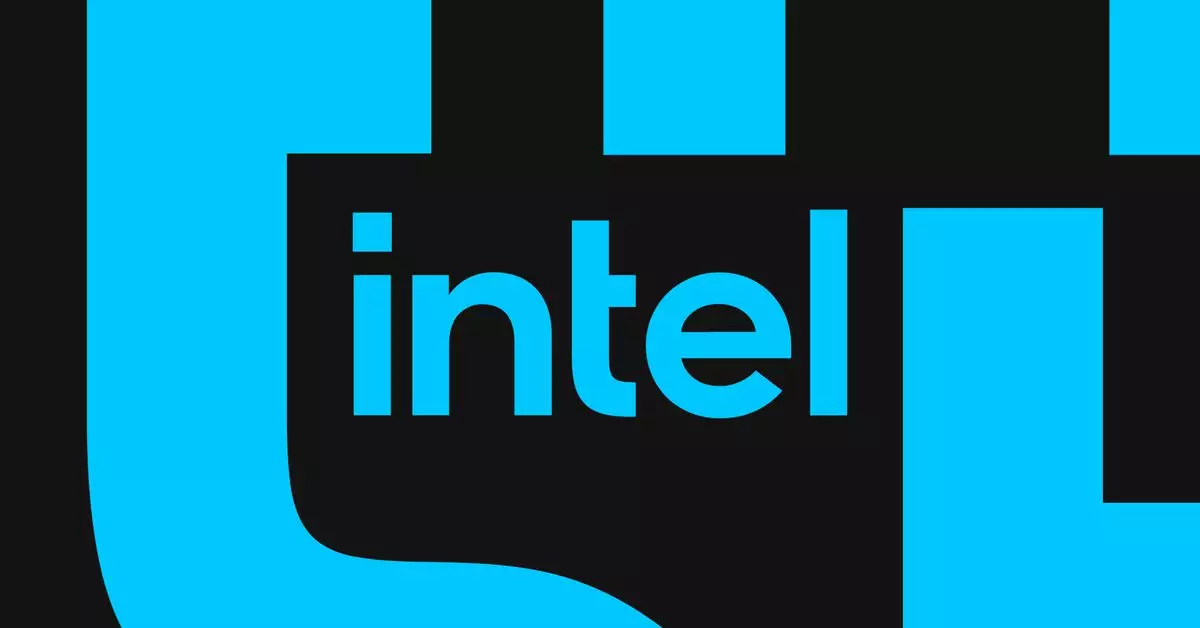Intel’s recent announcement about spinning off its chip-making business into a separate entity, known as the Intel Foundry, serves as a critical response to mounting financial pressures and a declining stock price. This strategic realignment, articulated by CEO Pat Gelsinger, underscores the company’s urgent need to recalibrate its operations amid a turbulent market. The establishment of an independent operational board for the Intel Foundry marks a significant shift, allowing a sharper focus on its core manufacturing capabilities while promoting greater transparency in financial reporting.
The decision to halt construction on factories in Poland and Germany for the next two years reflects a prudent assessment of market demand. By diverting resources away from these projects, Intel seems poised to better allocate capital to its more promising ventures in locations such as Arizona and Ohio. This move indicates a careful responsiveness to current economic conditions, suggesting a new era of strategic flexibility for a firm that has struggled to keep pace with competitors.
Intel’s struggle with billions in losses, particularly $1.6 billion reported in the first quarter of 2024 and an astounding $7 billion in operating losses from its chip-making arm in 2023, necessitates quick and impactful changes. These financial challenges highlight the competitive pressures Intel faces, especially regarding its 13th and 14th Generation CPUs which have been marred by widespread issues. The drastic measure of cutting its real estate footprint by two-thirds further illustrates the gravity of Intel’s situation and its commitment to financial prudence.
Gelsinger’s remarks about this being the most significant transformation in over 40 years draw a striking parallel to Intel’s historical shifts, such as the transition from memory chips to microprocessors. By proactively engaging in this transformation, Intel aims to recapture its dominance in a sector increasingly characterized by nimble competitors. The anticipated operational overhaul may also pave the way for improved efficiency and innovation in manufacturing.
In illuminating this restructuring plan, Intel simultaneously announced a vital partnership with the U.S. government, revealing funding of up to $3 billion intended for military-grade chip production. This infusion of capital not only underscores the strategic importance of Intel to national security but also positions the company to cater to specific market sectors where it can leverage its technological expertise.
Looking ahead, the transition to the proposed 18A process for partnerships with industry titans like Microsoft and Amazon illustrates Intel’s intent to align itself with the future of chip manufacturing. By ensuring they remain relevant in a rapidly evolving tech landscape, Intel is signaling a commitment to innovation and collaboration moving forward.
As Intel charts this new course, the success of this strategic repositioning will hinge on its ability to adapt to market demands while fostering innovation. With cascading reforms aimed at recovery from previous setbacks, Intel’s future will test its strength as a leading player in the semiconductor industry. The unfolding events are compelling, shedding light on the challenges and opportunities that lie ahead for this iconic tech giant. The ongoing journey will be watched closely as Intel strives to reclaim its esteemed legacy in an era that demands constant transformation.

